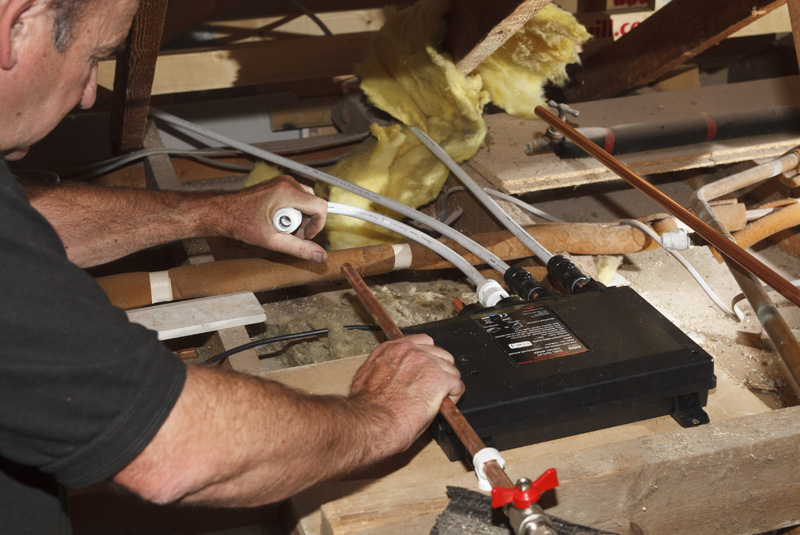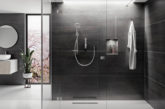
In the latest of a continuing series, the customer service team at Mira Showers takes us through some of its most recent encountered queries.
After installing an electric shower, I always like to seal around the unit with silicone to ensure that no water can penetrate the case. However, I’ve been recently told by a colleague who is an electrician that I shouldn’t do this. Is this right?
In order to be installed in Zone 1 wet areas, all electric showers are required to be IPX4 rated in accordance to the electrical standards. This means that the shower can provide protection from water ingress when water is sprayed at all angles, making it unnecessary to silicone around an electric shower.
The adverse effects to using silicone is that the sealant itself can also damage the plastic used for the shower case, causing cracking which could allow water ingress in to the case.
After recent works on the water mains in our local area, a customer has started to experience intermittent problems with their electric shower. When used early morning, the shower remains cold regardless of what setting is selected. However, during other times of the day it sometimes works again. What could be causing this?
All mains fed electric showers typically require a minimum maintained water pressure of 0.5 bar, 0.7 bar (or 1.0 bar in the case of 10.8kw showers) to operate correctly. It is quite likely that during peak demand on the water supply in the area, the water pressure may not meet these minimum maintained pressures.
However, when there is less demand on the water supply, the pressure peaks within the required levels for the shower to operate. In these rare instances, it is recommended to record the water pressure before contacting the water supplier to rectify the issue.
I’ve started to have a lot of enquiries from customers to install digital showers lately. What is the difference between a conventional thermostatic shower vs a digital shower?
Essentially, a digital shower is an electronic version of a traditional thermostatic mixer shower. However, rather than using a traditional wax filled thermostat, a digital shower monitors and controls the temperature using an electronic thermistor in combination with a printed circuit board (PCB). The benefit of digital showers is that, as well as a minimal, contemporary design, the PCB can also be used to control digital temperature and time displays – as well as other functions such as digital flow control and count down timer functions.
I plan to install a mixer shower in place of an existing product on an unvented hot water system. The installation instructions for the new product recommend installing to equal hot and colds pressures. However, despite there being a pressure reducing valve fitted in the property, the hot and cold pressures at the shower supplies are not equal at all. What could be causing this?
This is a common scenario with unvented hot water systems which is purely down to the configuration of the plumbing system. All unvented plumbing systems will feature a pressure reducing valve (PRV) as part of the installation. The common cause of the pressure imbalance described is caused by the cold supply branching off to feed the rest of the property before passing through the PRV to feed the hot water cylinder. This can be remedied by installing an additional PRV on the separate cold supply or reconfiguring the installation layout of the installation to make use of the original PRV.












